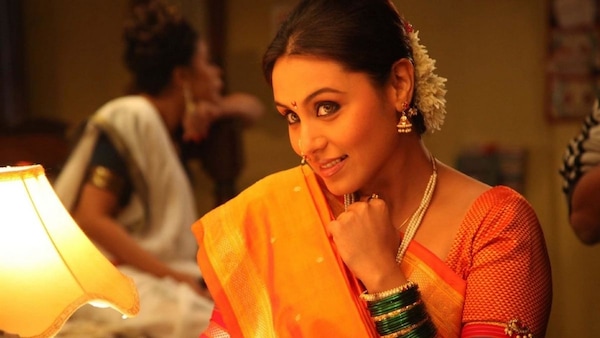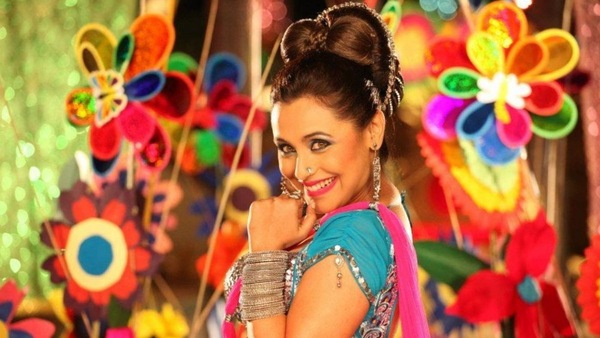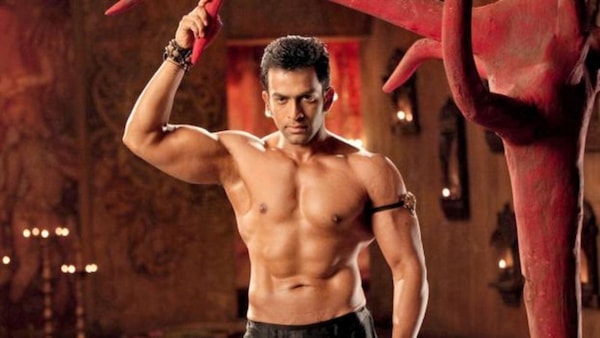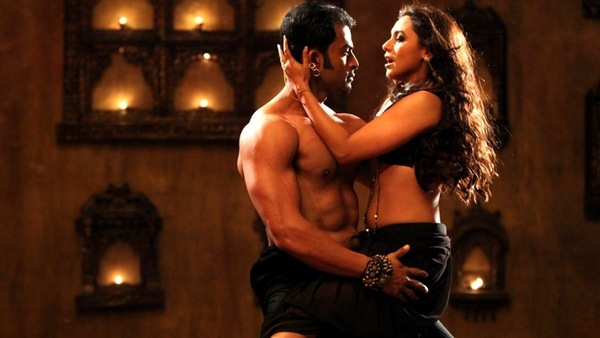Rani Mukherji’s Aiyyaa centred around the unconventional charm of wacko narratives
As Aiyyaa completes nine years, here’s a throwback on Sachin Kundalkar’s weird but brilliant feature film that was way ahead of its times.

Last Updated: 06.14 PM, Oct 11, 2021
Aiyyaa was everything charming and everything problematic. From acute profiling, to obsessive objectification, Sachin Kundalkar’s 2012 dramedy was all about Rani Mukherji’s Meenakshi Deshpande and her lustful dreams about a Tamil artist Surya (Prithviraj Sukumaran).
With the multi-dimensional film, Kundalkar created a wacko world of the Deshpandes and their respective quirks. Adapted from a chapter titled Lagnaachya Vayachi Mulgi (A girl of marriageable age) from the episodic Marathi film Gandh (2009), Aiyyaa was way ahead of its times. It was an evocative tornado that came in and washed away many restrictive and one-note methods of Bollywood filmmaking of the time, but also created considerable dents in the sensibilities of a more sophisticated, sedate section of the audience. Meenakshi’s tics and complete obsession with Surya’s chiselled frame was too in-your-face for viewers to be comfortable with. The film went largely unnoticed, but that did not hinder a few sectors of critics from hailing the audacious move by the film’s cast and crew.

The character development was hugely criticised for its times, with most complaints attributing to the caricature-ish treatment of each person in the film. The worried mother, who always remained fraught about her ageing daughter’s marriage clock ticking away to glory; the nonchalant father who smoked four cigarettes at a time; Meenakshi’s best friend Myna, a dentally-challenged woman with garish sartorial choices inspired heavily from Halloween and porn films and last but not the least, Nana (Amey Wagh), Meenakshi’s brother and a wastrel who spent his life around dogs mostly. Wagh was easily one of the highlights of the film. He inculcated into his role, a sense of vulnerability in between the character’s batsh*t craziness. But what most did not understand at the time, or at least took into consideration only years later, was the fact that the people inhabiting Aiyyaa’s world were meant to be this way. The hyper-reality that Kundalkar was trying to achieve was completely disassociated from logic or sense (sometimes). His moviemaking demanded a complete suspension of disbelief. Kundalkar’s signature move was to develop a universe where almost everything was over the top. Aiyyaa’s cringe pop-like appeal lay in the very fact – it was so bad, it was good.
In terms of the film’s lead talents, Mukherji obviously took a big risk in taking up Aiyyaa. That it was a significant thematic departure from her general filmography was a no-brainer, but to also give a face to a niche narrative like this required gumption. She injected into Meenakshi an eccentric-yet-adorable streak that was impossible to ignore. She also managed to strike the perfect balance between entertaining and “different”, so that her performance never came across as overbearing or unrealistic. While Prithviraj had little to do in the feature in terms of performance, kudos to Kundalkar for his apt casting of the Malayalam hunk.

With Prithviraj’s Surya, Kundalkar turned the entire women-being-objectified-as-sex-objects phenomenon on its head and placed the Malayalam superstar unabashedly as the object of Meenakshi’s desires. A smart move for its times, Surya then became all about the contours of a good physique (enhanced by the excessive highlighting makeup and bronzers) and the devil-ish smoulder. The filmmaker even relieved the actor from too many dialogues, so as to draw home his lack of agency. Surya’s narrative thread was entirely from Meenakshi’s point of view, and understandably, she was the pivot that manoeuvred his contribution to the script.
Kundalkar’s attempt at reversing the gender roles in terms of objectifying the male could well have been a satirical undertone and commentary on the plethora of films that bestow a similar ill-fate to its female protagonists. But barring a few people, this fact did not go down well with most.

But what Aiyyaa also drew flak for, was the arbitrary profiling and stereotypical depictions that it delved into. From ‘Dreamum Wakeupum’ to ‘Agabbai’, the songs were blatant reductions of languages and cultures that reflected gross negligence on the makers’ part. While Prithviraj, a primarily Malayalam actor, was signed on for a Tamilian’s role, the film’s idea of a Tamil song also included a cameo by Chiranjeevi (a Telugu superstar).

When Kundalkar made Gandh, an anthology of short films with the overarching theme of ‘smell’ tying each narrative, he was clear that he wanted to tell straight cut stories which would not have any hidden metaphorical meanings. Kundalkar also admitted that Adoor Gopalkrishnan’s Naalu Pennungal (Four Women) was the thematic inspiration behind Gandh.
Many have since cited the problem with Aiyyaa to be the fact that it was essentially a short film stretched out in a feature format. But contrary to that outlook, Kundalkar’s film can easily be considered a diamond in the rough, especially because of the intricacy behind each character. Aiyyaa was imperfect and proudly wore that, almost as if to show people it was off-centre and knew it.
